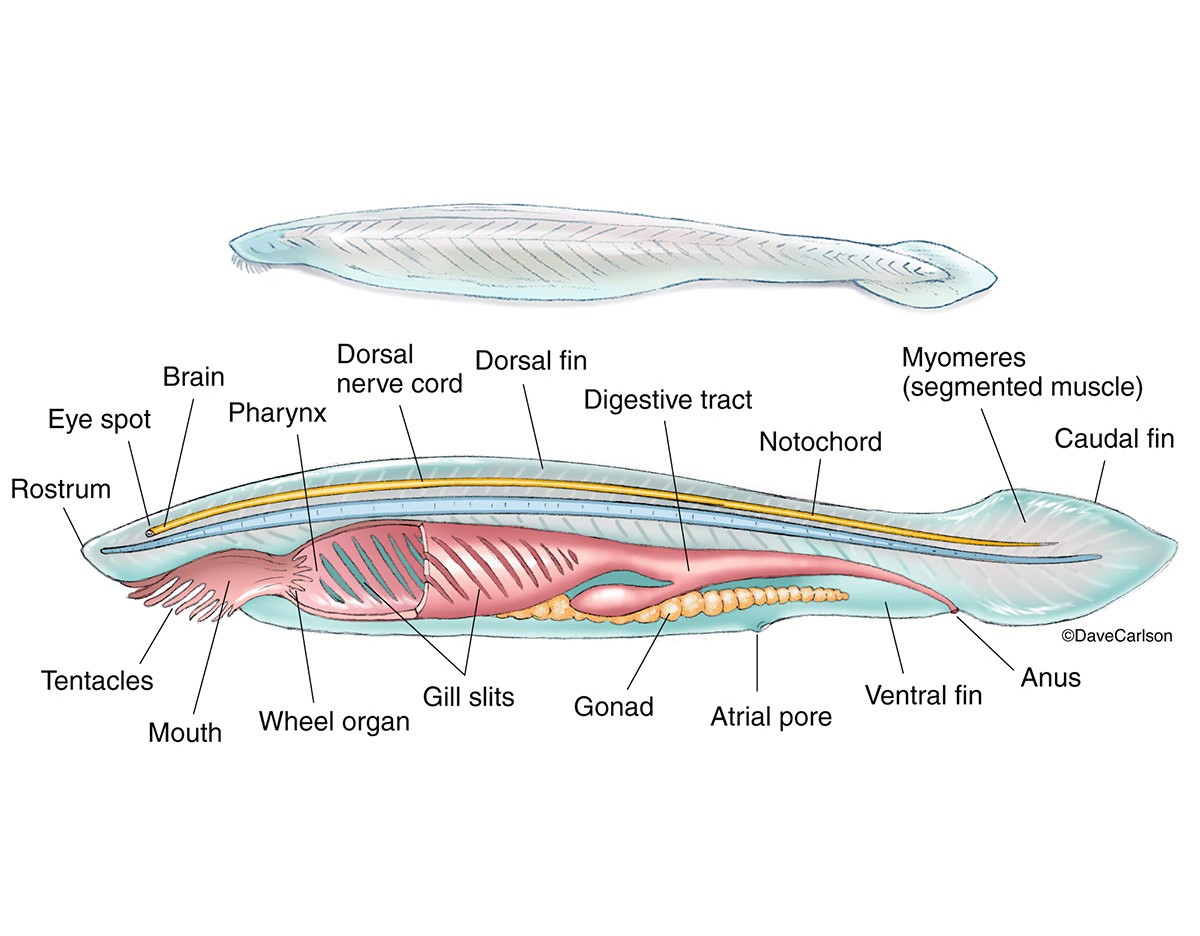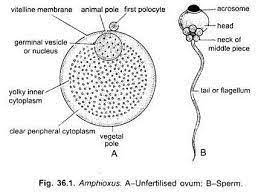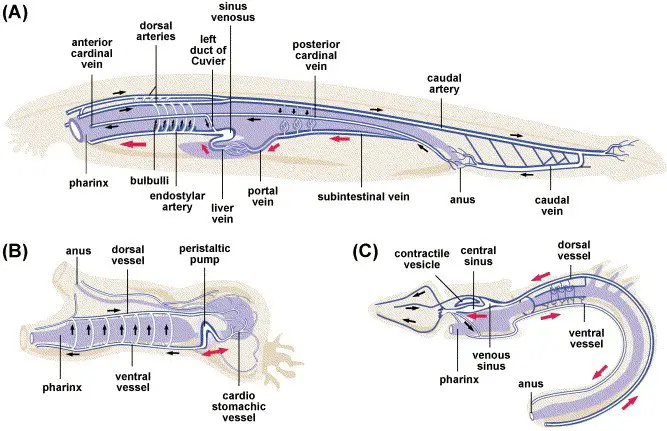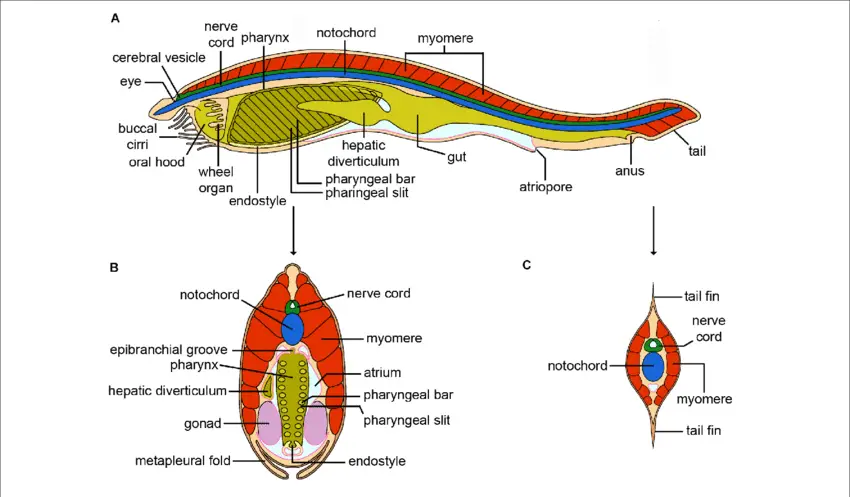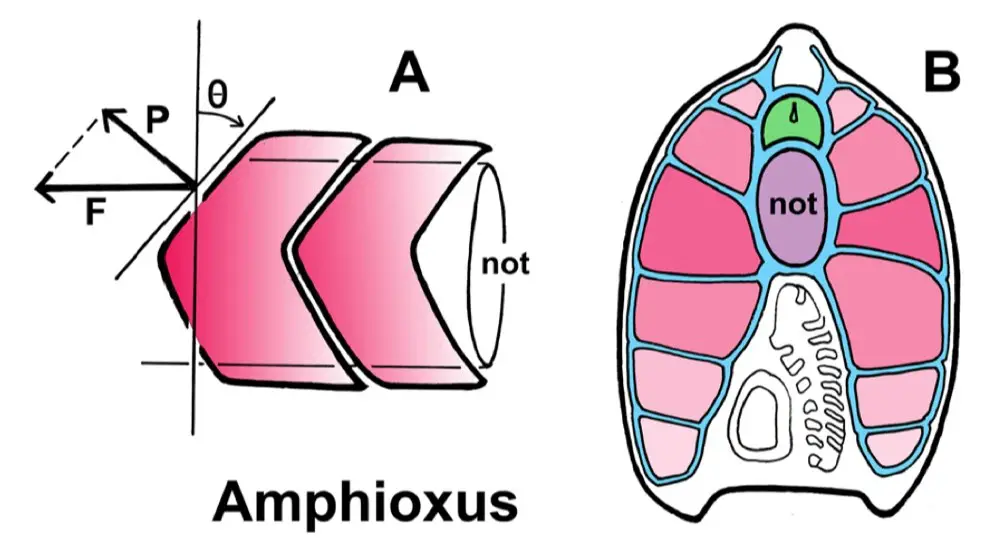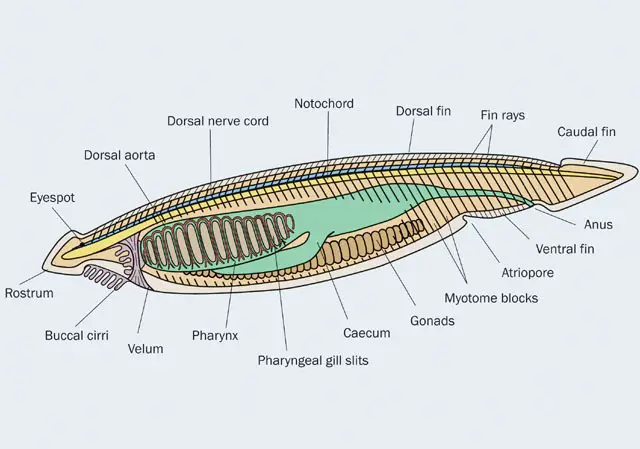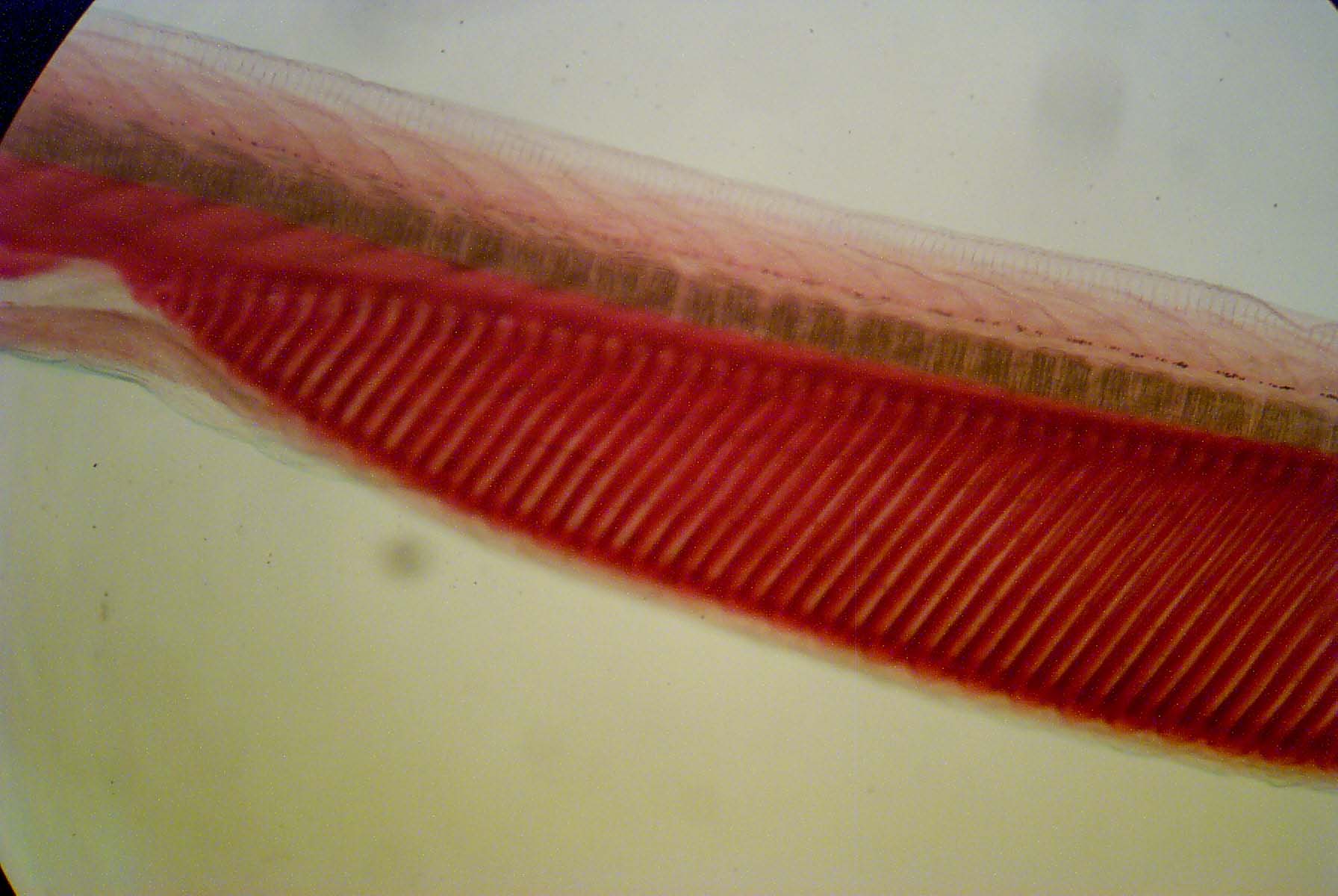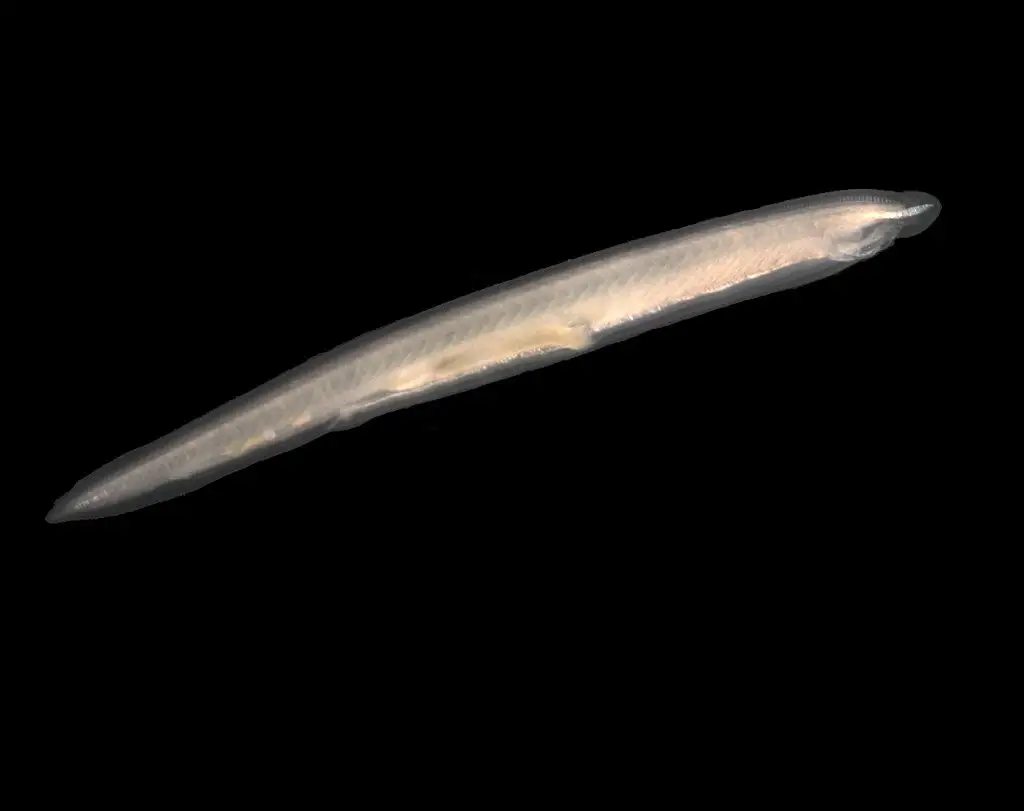Branchiostoma: Morphology, Digestive, Reproductive, Nervous System
What is Branchiostoma (=Amphioxus): They are marine fish-like animals, due to the presence of all the three fundamental Chordate characters they are considered as Chordata and placed under Subphylum Chephalochordata. On external appearance, they look like lances so they are also popular as ‘lancelet’ or ‘lancet’. In Branchiostoma the notochord is present up to the … Read more
